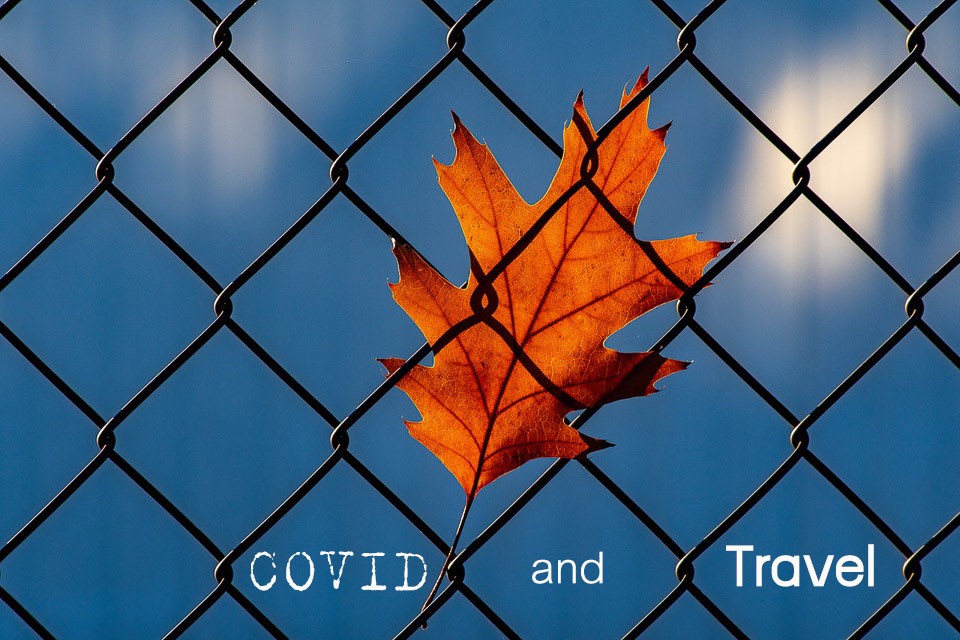1.What are the travel restrictions in the European Union?
Travel has been shown to facilitate the spread of COVID-19 from affected to unaffected areas. Travel and trade restrictions during a public health event of international concern (PHEIC) are regulated under the International Health Regulations (IHR), part III.
On 16 March, in an effort to slow the spread of the coronavirus, the European Union leaders agreed to a temporary restriction on non-essential travel from third countries into the EU area by closing its borders for the next 30 days staring on 17 March 2020. On 8 April, the Commission invited Member States and non-EU Schengen countries to extend the temporary restrictions on non-essential travel to the EU until 15 May. The temporary travel restriction foresees exemptions for nationals of all EU Member States and Schengen Associated States (Iceland, Liechtenstein, Norway and Switzerland; whilst UK nationals are still to be treated in the same way as EU citizens until end 2020), for the purposes of returning to their homes. Exceptions are also foreseen for travellers with an essential function or need.

In addition, most EU countries have also applied national borders closure and/or border checks and travel and transport restrictions or bans within their national borders and between different regions as a measure to slow the spread. See the measures implemented by EU Member States.
- Mobility measures implemented or announced by Member States
Many EU countries have also encouraged their citizens to return home (with recommendations for 14 days self-quarantine upon return) but also recommended that travellers avoid non-essential travels to areas with transmission of COVID-19.

2.What precautions should I take if I need to travel?
Travellers should adhere to strict hygiene measures, wash hands with soap and water regularly, and/or use alcohol-based hand sanitisers. Touching the face with unwashed hands should be avoided. Travellers should avoid contact with sick persons, in particular those with respiratory symptoms and fever. It should be emphasised that older people and those with underlying health conditions should take these precautionary measures very seriously. Travellers who develop any symptoms during or after travel should self-isolate; those developing acute respiratory symptoms within 14 days upon return should be advised to seek immediate medical advice, ideally by phone first to their national healthcare provider.

3.What is the risk of infection when travelling by plane?
The risk of being infected on an airplane cannot be excluded, but is currently considered to be low for an individual traveller. The risk of being infected in an airport is similar to that of any other place where many people gather. If it is established that a COVID-19 case has been on an airplane, other passengers who were at risk (as defined by how near they were seated to the infected passenger) will be contacted by public health authorities. Should you have questions about a flight you have taken, please contact your local health authority for advice.
The European Union Aviation Safety Agency (EASA) has recommended measures to be taken by national authorities, such as thorough disinfecting and cleaning of aircraft after each flight serving high-risk destinations. EASA also recommended that airlines operating on all routes step up the frequency of cleaning, disinfect as a preventative measure and ensure full disinfection of any aircraft which has carried a passenger who was suspected or confirmed as being infected with COVID-19. Airport operators should similarly disinfect terminals regularly.

4.Why are people not being checked for COVID-19 at the airport when arriving from areas of local or community transmission?
There is evidence that checking people at the airport by reading their skin temperature (known as entry screening) is not very effective in preventing the spread of the virus, especially when people do not have symptoms. It is generally considered more useful to provide those arriving at airports with clear information explaining what to do if they develop symptoms after arrival.
Reference From :
Q & A on COVID-19
